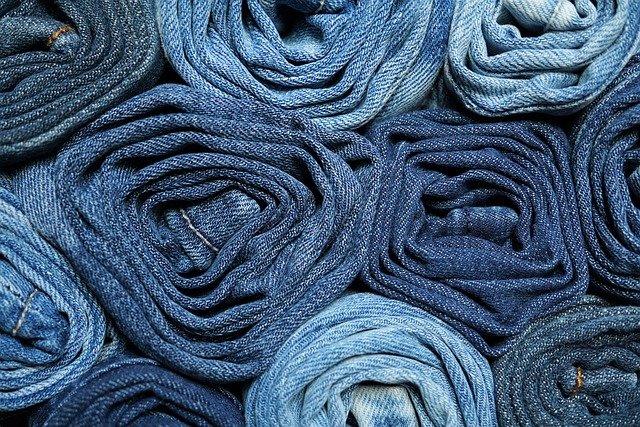Jeans: A Practical Guide to Denim, Style, and Fit
Jeans are a ubiquitous item of clothing worn around the world for casual, work, and increasingly formal settings. Built from durable denim fabric and designed as pants, they vary widely in cut, weight, and finish. This article explains what makes jeans distinctive, how to choose a pair that fits your needs, how they intersect with contemporary fashion, practical care tips to extend their life, and where to find reliable clothing options. Whether you’re comparing fits, learning about denim types, or looking for local services in your area, this guide breaks down the essentials without jargon.

What are jeans and denim made of?
Denim is a sturdy cotton twill textile traditionally woven with indigo-dyed warp and undyed weft threads; this weave gives denim its diagonal ribbing and the characteristic fading pattern of jeans. Modern jeans may include blends with elastane or polyester to add stretch and recovery. Construction details such as rivets, topstitching, pocket reinforcements, and bar tacks contribute to durability. Variations such as raw, selvedge, washed, or coated denim reflect different finishing processes; raw denim is unwashed and develops a unique patina, while pre-washed fabrics arrive softened and faded from the factory.
How to choose jeans that fit your body?
Fit involves waist, rise, hip, thigh, knee, and leg opening measurements—each affects comfort and silhouette. Common fits include skinny, slim, straight, tapered, bootcut, and relaxed; rise options (low, mid, high) determine how the jeans sit relative to your natural waist. To find the right pair, measure an existing well-fitting pant and compare brand size charts, try different rises to see which aligns with your torso length, and consider fabric content: stretch denim can allow a closer fit without restricting movement. Tailoring simple adjustments like hemming or taking in the waist can dramatically improve fit.
How do jeans fit into modern fashion and clothing trends?
Jeans have moved from utilitarian workwear to a staple across many styles, appearing in streetwear, business-casual looks, and designer collections. Current fashion cycles revisit vintage cuts alongside contemporary silhouettes—wide legs, relaxed fits, and tailored straight cuts each have seasonal attention. Finish choices—rips, distressing, clean dark indigo, or faded vintage—signal different style intentions. Pairing jeans with structured pieces like blazers or minimalist footwear can elevate them, while casual tops and sneakers emphasize everyday wear. Fabric innovations and sustainable options are increasingly part of fashion conversations.
Caring for denim and maintaining pants longevity
Proper care extends the life of jeans and preserves color and fabric integrity. Many denim manufacturers advise washing infrequently and spot-cleaning when possible to maintain indigo dye and reduce wear; when washing, turn jeans inside out, use cold water, and a gentle cycle or hand wash. Air drying reduces shrinkage and fiber stress compared with tumble drying. For heavier or raw denim, some wearers recommend long initial break-in periods between washes to form natural fades. Repairing tears, reinforcing seams, and patching can keep a favored pair serviceable for years.
Where to buy jeans and clothing options in your area
Jeans are available from a range of providers: mass-market retailers, specialty denim brands, independent boutiques, and local tailors who can alter or custom-fit pants. When shopping locally, inspect fabric weight (ounces per square yard), seam construction, and hardware quality; try multiple sizes and shapes because brand sizing varies. Online retailers offer broader selections and customer reviews but check return policies and size guides. For sustainable or artisanal denim, look for brands that disclose fabric origin, manufacturing practices, and care recommendations, and consider local services for tailoring to achieve the best fit.
Conclusion
Jeans remain a versatile piece of clothing because of their durable denim construction, range of fits, and adaptability to different fashions and settings. Choosing the right pair involves understanding fabric types, fit components, and intended use, while simple care practices and occasional repairs can extend their lifespan. Whether buying from local services, established brands, or online retailers, prioritizing fit and construction will help you find jeans that suit both your style and daily needs.






